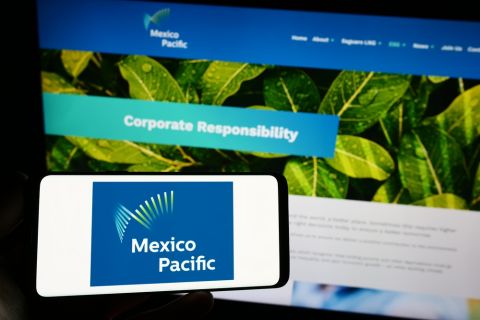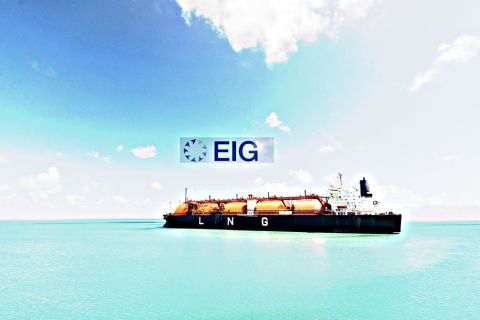Gas production has trended upward in Australia over the last decade, with conventional gas making up the lion’s share. While Australia’s enormous offshore gas developments have been in the limelight, the country has been producing commercial coal seam gas, or coalbed methane (CBM), in increasing volumes since 1996.
Australia has an estimated 198 Bcm of CBM. Queens-land, in northeastern Australia, is home to the two largest producing basins.
The Bowen basin covers 160,000 sq km (61,776 sq miles) of Central Queensland. Production from this basin has provided the majority of Queensland CBM to date, but activity in the Surat basin has begun to pick up in the last couple of years, with first commercial production reaching the domestic market in 2006.
According to a government report, the CBM in the 300,000-sq-km (115,831-sq-mile) Surat basin, which stretches beyond Queensland into northern New South Wales, is not buried as deeply as that in the Bowen basin. This means the gas concentration is lower and the gas less thermally mature. There is higher permeability in this basin, and because the coal is generally shallower, drilling and completion costs are lower.
Queensland’s CBM industry has seen considerable growth over the last 15 years, with the number of CBM wells drilled increasing from 10/yr in the 1990s to more than 600/yr in 2009 and 2010. According to a report issued by the Geological Survey of Queensland, CBM exploration and development activity remained strong even through the recent global economic downturn. In the 2009-2010 period, production increased to 212 peta- joules (PJ) from 151 PJ in 2008-2009, which represents more than 70% of the region’s gas production.
There is considerable interest in continuing this trend. The report states that beginning in 2007, there has been growing interest by both Australian and international energy companies in using Queensland’s CBM reserves to develop an export LNG sector. Eight export LNG projects had been publicly announced by February 2011. If all eight materialize, according to the report, more than 50 million metric tons per year of LNG could be exported from Queensland, beginning in 2013.
Looking ahead
While there is no question that Australia’s CBM resources are considerable and there is a growing domestic and international market for the country’s gas, future exploration and development will not be without challenges. In a recent Ernst & Young report titled “Coal seam gas: broadening the energy mix,” analysts point to a number of “challenges, risks, and issues” that could limit CBM development.
These include access to reserves, a yet-to-be-disclosed fiscal regime that will likely increase the government take, and the unresolved issue of water management. Not surprisingly, environmental concern about the potential loss of water supply to landowners and townships, the possibility of reduced water quality resulting from cross-contamination of aquifers or contamination from drilling chemicals, gas migration to water bores, and produced water treatment and disposal are at the top of the list of concerns. These issues will have to be dealt with if CBM production is to move forward.
The incentives for developing this resource are great, and the global need for energy continues to grow. Clearly, there is an impetus for developing acceptable strategies for managing risk to produce these reserves.

Recommended Reading
1Q24 Dividends Declared in the Week of April 29
2024-05-03 - With earnings season in full swing, upstream and midstream companies are declaring quarterly dividends. Here is a selection of dividends announced in the past week.
Keeping it Simple: Antero Stays on Profitable Course in 1Q
2024-04-26 - Bucking trend, Antero Resources posted a slight increase in natural gas production as other companies curtailed production.
Mexico Pacific Appoints New CEO Bairstow
2024-04-15 - Sarah Bairstow joined Mexico Pacific Ltd. in 2019 and is assuming the CEO role following Ivan Van der Walt’s resignation.
Mitsubishi Makes Investment in MidOcean Energy LNG
2024-04-02 - MidOcean said Mitsubishi’s investment will help push a competitive long-term LNG growth platform for the company.
Tellurian, Institution Investor Agree to New Loan Repayment Terms
2024-02-22 - Tellurian reached an agreement with an unnamed institutional investor to pledge its interest in the Driftwood project as collateral.




